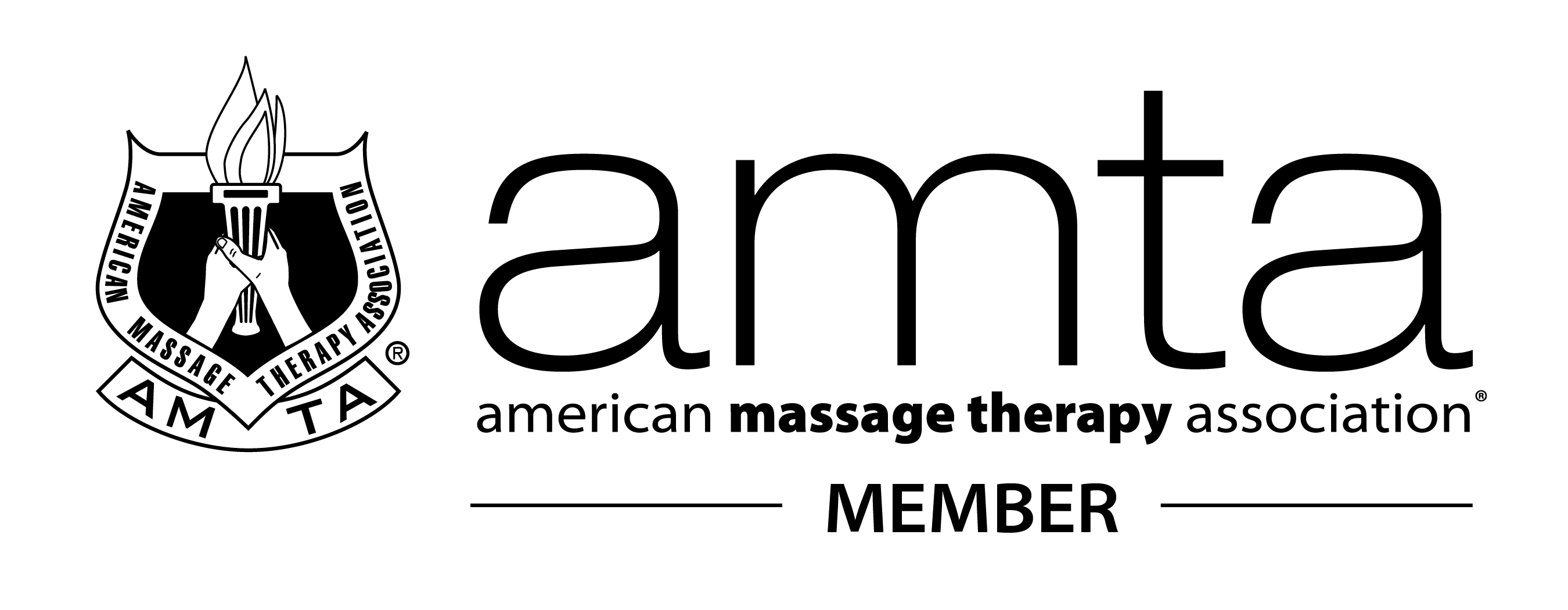How CranialSacral Therapy Began
CranioSacral Therapy dates back to 1970 when osteopathic physician John E. Upledger first witnessed the rhythmic movement of the CranioSacral system during spinal surgery. Yet none of his colleagues nor medical texts could explain the phenomenon.
Two years later, Dr. Upledger attended a course on cranial osteopathy developed by Dr. William Sutherland. The study focused on the bones of the skull and how they weren’t fused, as doctors learned in medical school. Instead, Sutherland’s material demonstrated that skull bones continue to shift throughout a person’s life.
Dr. Upledger theorized that a hydraulic system of sorts was functioning inside the CranioSacral system. He then set out to confirm his theories.
In 1975 he joined the Osteopathic College at Michigan State University as a clinical researcher and Professor of Biomechanics. There he led a team of anatomists, physiologists, biophysicists, and bioengineers to test and document the influence of therapy on the CranioSacral system. They began to explain the function of the CranioSacral system and demonstrate how light-touch treatment helps to evaluate and treat malfunctions involving the brain and spinal cord.
In 1985, Dr. Upledger established the Upledger Institute to teach the public and healthcare practitioners about the benefits of CranioSacral Therapy. (Source: The Upledger Institute, INC)
How is CranialSacral Therapy performed?
Unlike the typical massage therapy session, clients remain fully clothed. The practitioner will gather information about the client’s health history and understand why they are seeking treatment.
The client may lay on their back or side while the therapist gently places their hands on the body making contact with the head, base of the spine, and other areas. The practitioner monitors the rhythm of the CranioSacral system to detect potential restrictions and imbalances. They then use delicate manual techniques to release those problem areas and relieve undue pressure on the brain and spinal cord. It is a very gentle, non-invasive treatment that can produce great results.
Who can benefit from Cranial Sacral Therapy?
Cranial sacral therapy can soothe pain and release both emotional and physical stress and tension. It can help alleviate the following issues in people of all ages, from infants to seniors:
- Anxiety
- Back ache-chronic
- Central Nervous System Disorders
- Constipation
- Depression
- Difficult pregnancies
- Ear infections or colic in infants
- Emotional Difficulties
- Fatigue-Chronic
- Fibromyalgia
- Infantile Disorders
- Insomnia
- Irritable bowel syndrome (IBS)
- Learning Disabilities
- Migraines and headaches
- Motor-Coordination Impairments
- Neck pain-chronic
- Orthopedic Problems
- Post-Traumatic Stress Disorder
- Scoliosis
- Sinus infections
- Stress and Tension-Related Problems
- TMJ-Temporomandibular Joint Syndrome
- Trauma recovery, including
- Trauma from whiplash,
- Traumatic brain injury
- Traumatic spinal cord injury
Where Can You Receive CranialSacral Therapy?
Carissa Ballard trained in CranioSacral Therapy thru the Upledger Institute. She often combines CST and the Lymphatic Drainage Therapy modalities. At European Day Spa, our CranialSacral Therapy sessions are $85 per hour. Depending on the purpose for seeking treatment, clients may benefit from between 3 – 10 sessions and regularly scheduled maintenance sessions may be beneficial. Your healthcare provider and the CST practitioner will help you determine what’s right for you. Call European Day Spa today to schedule an appointment if you are interested in receiving treatment – (830) 997-5267.
CranioSacral Therapy is recommended as a complementary service to work alongside the service provided by your doctor. Please consult your doctor before trying any new form of physical therapy.




